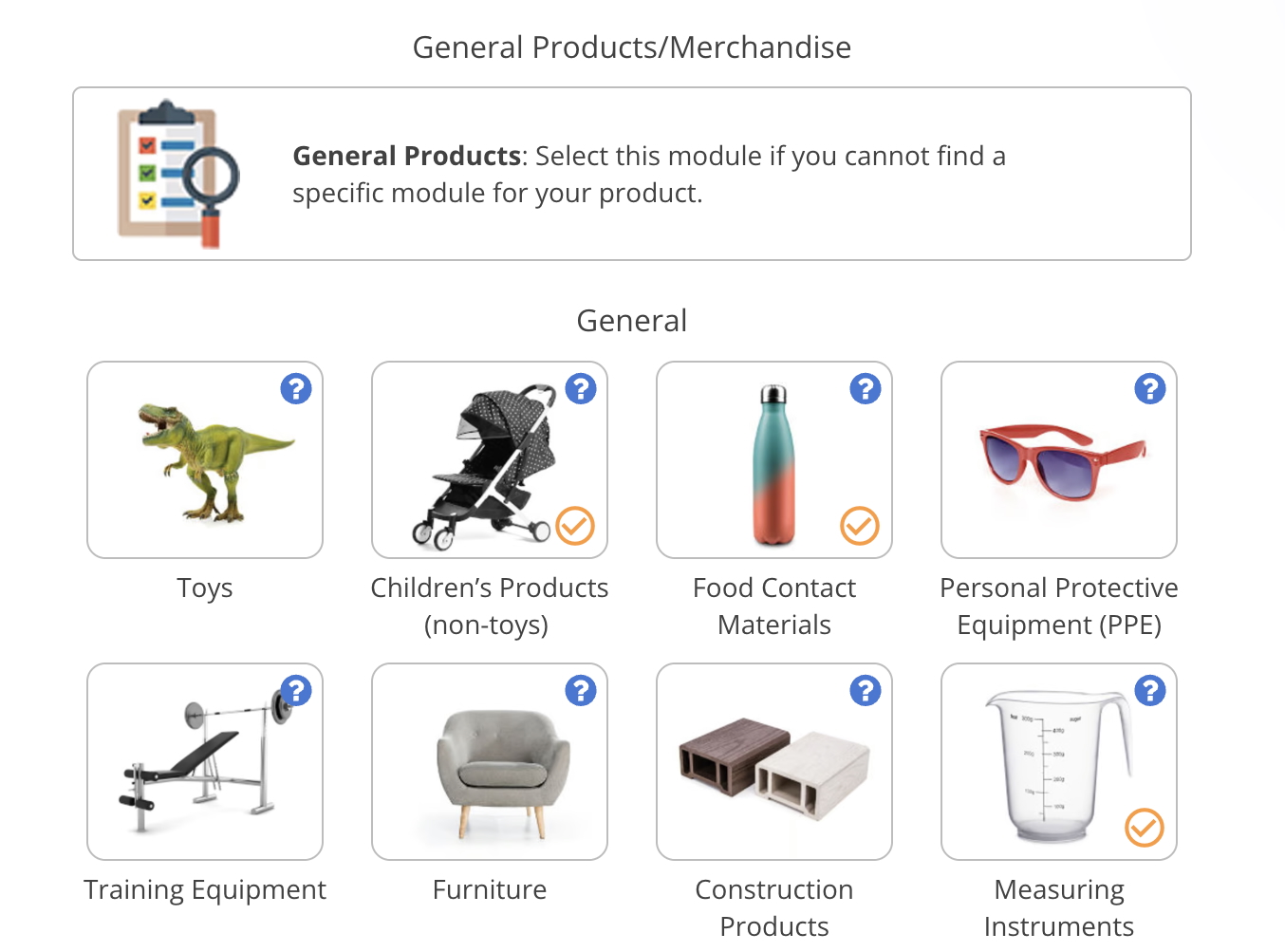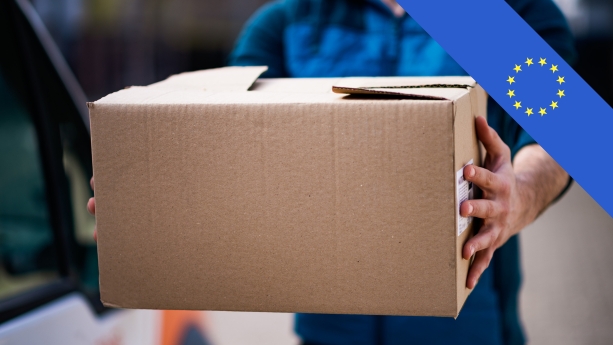
The Packaging and Packaging Waste Regulation (EU) 2025/40 establishes requirements for packaging and packaging waste sold in the European Union.
This guide explains what manufacturers and importers need to know about the scope and the requirements of the regulation. This includes, substance restrictions, EPR, labelling, documentation, and more. You will also find a comparison with the requirements of the old Packaging and Packaging Waste Directive.
Content Overview

FREE CONSULTATION CALL (30 MIN)
 Ask questions about compliance requirements
Ask questions about compliance requirements Countries/markets:
Countries/markets:
 Learn how we can help your business
Learn how we can help your business
You will speak with:Ivan Malloci or John Vinod Khiatani
What is the Packaging and Packaging Waste Regulation (PPWR)?
This regulation sets requirements for the full life cycle of packaging to ensure they are environmentally sustainable. It contains requirements for labelling, documentation, extended producer responsibility, waste prevention, and recycling.
The regulation affects manufacturers and suppliers of packaging materials, as well as importers, distributors, and waste management companies.
In general, the Packaging and Packaging Waste Regulation states that manufacturers should do the following:
- Carry out a conformity assessment procedure and only sell compliant packaging
- Comply with sustainability requirements (e.g. substance restrictions, recyclability)
- Create and retain technical documentation
- Create and retain a Declaration of Conformity (DoC)
- Comply with product traceability, instructions, and other labelling requirements
- Comply with registration, reporting, and extended producer responsibility
- Provide proof of product compliance if requested by the authorities
When will the Packaging and Packaging Waste Regulation apply?
The Packaging and Packaging Waste Regulation applies from 12 August 2026. It repeals the old Packaging and Packaging Waste Directive on the same date. However, specific parts of the old directive will remain in effect until later dates. You find the details in Article 70 or the PPWR.
What kind of packaging is covered?
The regulation covers packaging and packaging waste, without regard to their material or origins, as specified in Article 2(1):
Scope
1. This Regulation applies to all packaging, regardless of the material used, and to all packaging waste, whether such packaging is used in or such packaging waste originates from industry, other manufacturing, retail or distribution, offices, services or households.
The regulation defines ‘packaging’ in Article 3:
(1) ‘packaging’ means an item, irrespective of the materials from which it is made, that is intended to be used by an economic operator for the containment, protection, handling, delivery or presentation of products to another economic operator or to an end user, and that can be differentiated by packaging format based on its function, material and design […]
The regulation defines ‘packaging waste’ as waste packaging or packaging material, excluding production leftovers.
Here are several examples of products that are considered to be packaging:
- Sweet boxes
- Clothes hangers (sold with a clothing item)
- Boxes for toothpaste tubes
- Tea and coffee foil pouches
- Mascara brush that is part of the container closure
- Staples
- Plastic sleeves
- Paper carrier bags
- Cling film
- Sandwich bags
- Aluminum foil
You can find more examples in Annex I to the PPWR.
Are there any exemptions?
According to Article 2, the regulation applies to “all packaging”. However, Annex I lists items that “are not packaging”. Here are some examples:
- Tool boxes
- Empty CD spindles
- RFID tags
- Tyre label stickers
- Disposable cutlery
- Wrapping paper
Who needs to comply with this regulation?
According to Chapter IV of the regulation, the following types of companies need to comply with the regulatory requirements:
- Manufacturers
- Suppliers of packaging or packaging materials
- Authorised representatives
- Importers
- Distributors
- Fulfilment service providers
- Packaging waste management operators
Note that if the manufacturer is a micro-enterprise that sells packaging under its own brand, and its supplier is located in the same EU Member State, then the packaging supplier is considered to be the “manufacturer”.
In practice, this means that there are cases where small companies do not need to comply with the regulation’s requirements for manufacturers (e.g. the provision of a Declaration of Conformity) as they are not defined as the manufacturer.
Note that Commission Recommendation 2003/361/EC defines a ‘micro-enterprise’ as a company that has fewer than 10 employees and an annual turnover of less than 2,000,000 Euro.
Substance restrictions
Article 5 of the regulation specifies restrictions for several substances used in packaging, such as the following:
a. The total concentration of lead, cadmium, mercury, and hexavalent chromium in packaging or packaging components for food contact materials should not exceed 100 mg/kg.
- 25 parts per billion (ppb), or 0.25 mg/kg, for any PFAS
- 250 ppb, or 0.25 mg/kg, for the sum of PFAS
- 50 parts per million (ppm), or 50 mg/kg, for PFAS (including polymeric PFAS)
Recyclability and other sustainability requirements
The regulation sets recyclability and other sustainability requirements in Articles 6-11. For instance:
a. Packaging for sale needs to be recyclable. Packaging is recyclable if it is designed to be recycled, and if its waste can be separately collected.
b. Plastic packaging should have a minimum amount of recycled content. For example, single-use plastic beverage bottles should contain 30% recycled content.
c. Sticky labels attached to fruit and vegetables should be compostable and biodegradable.
d. The design of the packaging needs to be minimalist in both weight and volume, but still be functional in terms of shape and material.
e. Packaging for sale should fulfil the requirements listed in Article 11(1). For instance, it should retain reusability.
Standards
The PPWR states that packaging that complies with the requirements of harmonised standards is deemed to be in compliance with the requirements of the regulation.
The regulation mentions the following two EN standards:
EN 13428:2004 – Packaging – Requirements specific to manufacturing and composition – Prevention by source reduction
According to Point (60) of the regulation, this standard is harmonised. This point also indicates that EN 13428 should undergo modifications. Until there are new or updated harmonised standards, you can continue to use the existing EN 13428.
EN 13432:2000 – Packaging – Requirements for packaging recoverable by composting and biodegradation – Test scheme and evaluation criteria for final acceptance of packaging
Point (55) of the regulation mentions that EN 13432:2000 is a harmonised standard. It also indicates that the standard should undergo revisions and that the EU should establish another similar standard that applies to home composting.
We could not find other harmonised standards. However, the regulation is fairly new and it is possible that new standards will be published soon.
Conformity assessment procedures
The regulation requires manufacturers to carry out the internal production control conformity assessment procedure specified in Annex VII. The manufacturer should:
a. Draw up and retain the technical documentation
b. Create a Declaration of Conformity (DoC), retain it for 10 years, and provide it to the authorities upon request
Note that Annex VII does not indicate that you need a Notified Body to perform the conformity assessment procedure.
Documentation
Manufacturers generally need to prepare the required documentation and provide it upon request.
Declaration of conformity
Manufacturers should create an EU Declaration of Conformity, which must contain the items listed in Annex VIII:
a. The packaging’s unique identification number
b. The manufacturer’s name and address
c. A statement declaring the manufacturer’s responsibility for issuing this declaration of conformity
d. The identification and description of the packaging to which the declaration applies
e. A conformity statement
f. References to relevant harmonised standards or specifications used
g. The notified body statement (where applicable)
h. Additional information (e.g. place and date of issue, signature)
Technical documentation
The manufacturer also needs to provide technical documentation, which should contain:
a. The packaging’s description and intended use
b. The concept design, manufacturing drawings, and materials of the components
c. Descriptions and explanations of those drawings, and how the packaging works
d. A list of harmonised standards, common or technical specifications – applied in full or in part
e. A qualitative description of how the assessments indicated in Articles 6, 10, and 11 were performed
f. Test reports
Instructions
You should provide instructions regarding the packaging:
- Safety
- Proper use
- Traceability, shelf life
- Storage
- Application
- Use
- Discarding of packaging waste
Test reports
You also need to provide test reports, as they are a mandated element of the technical documentation. Such test reports can contain test results corresponding to the PPWR substance restrictions and relevant EN standards.
Labelling
Manufacturers should also properly label their packaging and ensure those labels contain adequate information.
Material composition labelling
You should mark your packaging with a harmonised label that provides information about its material composition, in order to help consumer to sort it. Although the regulation does not provide any specific symbol, it does specify that that you can use pictograms with minimal language use so that the general public can understand how to dispose of packaging properly. We understand that more information may be available in implementing acts that will be published in future.
Traceability information
Manufacturers need to provide the following information on their packaging or an accompanying document:
- Type, batch, or serial number
- Manufacturer name, registered trade name or trademark
- Postal address
- Electronic means of communication
The manufacturers may alternatively provide this information using a QR code or another data carrier.
Environmental claims
You may make environmental claims about your packaging only if those claims:
a. Were made regarding how the packaging properties exceed the minimum requirements of this regulation; and
b. Clarify whether they refer to a packaging unit, a part of it, or all packaging
You need to demonstrate compliance with this requirement using your technical documentation regarding your packaging.
Extended producer responsibility (EPR) requirements
Section 3 of the regulation explains that producers, that is manufacturers, importers, and distributors, must comply with extended producer responsibility (EPR) requirements.
It also explains that you can work with a producer responsibility organisation that can help you to fulfil your legal obligations regarding extended producer responsibility.
For example, producer responsibility organisations can then help you to register in the state where you sell your product, reporting the necessary information, collecting and recycling your packaging waste.
Additionally, Article 12 mentions that from 2027 packaging included in a specific EPR scheme (e.g. France or Germany) may be identified in the territory where such scheme applies via a “symbol in a QR code or other standardised, open, digital-marking technology” to indicate that the producer fulfils the EPR requirements.
Although we cannot know this for sure, this seems to indicate that EPR symbols may be standardised.
Packaging and packaging waste reduction
Starting from 1 January 2030, you should not sell packaging in certain formats and uses. Annex V lists the following packaging formats and their restricted uses, as well as examples of such packaging:
a. Single-use plastic grouped packaging (e.g. shrink wrap) that enables customers to buy more than one product
b. Single-use plastic packaging (e.g. containers) for less than 1.5 kg of unprocessed vegetables and fresh fruit
c. Single-use plastic packaging (e.g. disposable plates and cups) for use in hotel, restaurant, and catering establishments
d. Single-use plastic packaging (e.g. condiment sachets) for use in hotel, restaurant, and catering establishments
e. Single-use accommodation sector packaging (e.g. bar soap sachets) if it is meant to be discarded prior to the next person using it
f. Very lightweight plastic carrier bags (e.g. for bulk groceries)
Lab testing
You need to get your packaging tested against the requirements to demonstrate compliance with, for instance, substance restrictions and biodegradation and composting requirements.
If your packaging passes lab testing, you should receive a test report from the laboratory proving compliance with the regulatory requirements. You then provide the test report with your technical documentation.
Lab testing companies
Here are some examples of companies that claim to provide testing services against the requirements of the EU Packaging and Packaging Waste Regulation:
- TÜV Rheinland
- Intertek
- Eurofins
- Centre Testing International
- TÜV SÜD
- Measurlabs
Packaging and Packaging Waste Regulation and the Packaging and Packaging Waste Directive Comparison Table
| Requirement | Packaging and Packaging Waste Regulation (EU) 2025/40 | Packaging and Packaging Waste Directive 94/62/EC |
| Conformity assessment procedures | Manufacturers need to carry out the internal production control conformity assessment procedure in Annex VII. | Not mentioned |
| Documentation | a. Declaration of Conformity
b. Technical documentation |
Not mentioned |
| Labelling information | a. Material composition labelling
b. Traceability information |
The nature of the packaging material, to aid collection, reuse, and recycling, for:
a. Plastic |
| Instructions | The provision of instructions regarding the following for packaging is mandatory:
a. Safety |
Not mentioned |
| Substance restrictions | a. Total concentration of lead, cadmium, mercury, and hexavalent chromium should not exceed 100 mg/kg
b. PFAS limit values: + 25 ppb, for any PFAS |
Total concentration of lead, cadmium, mercury, and hexavalent chromium should not exceed 100 mg/kg |

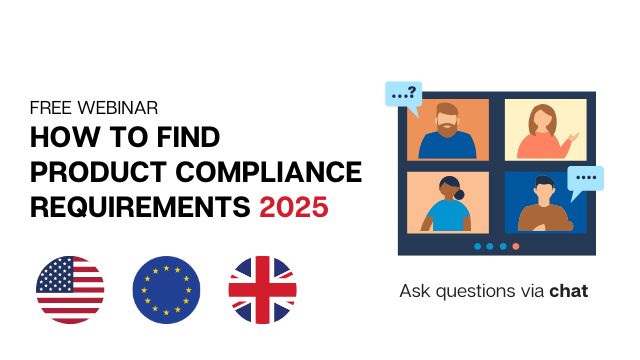
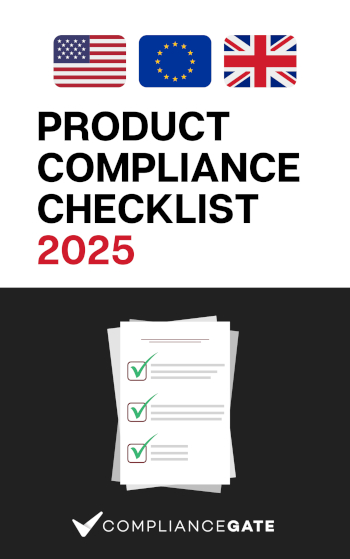




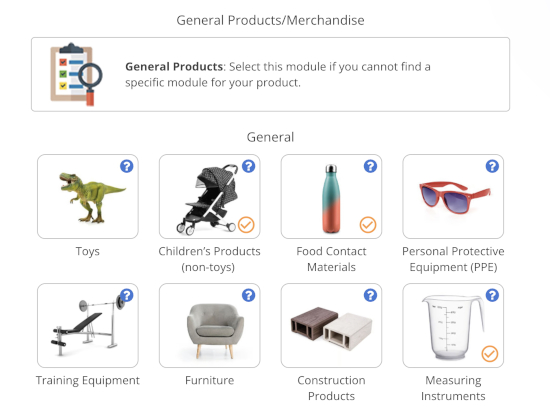






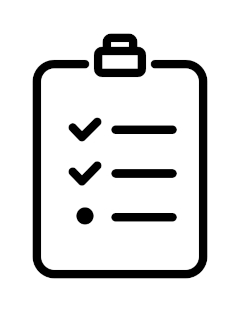


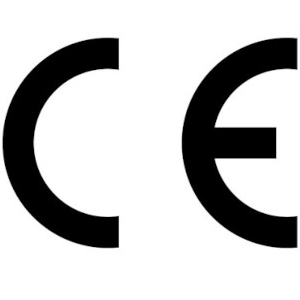




.png)
.png)
.png)
